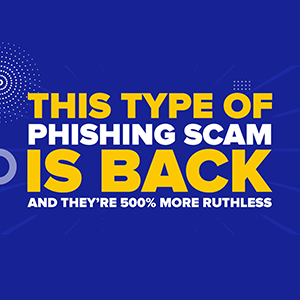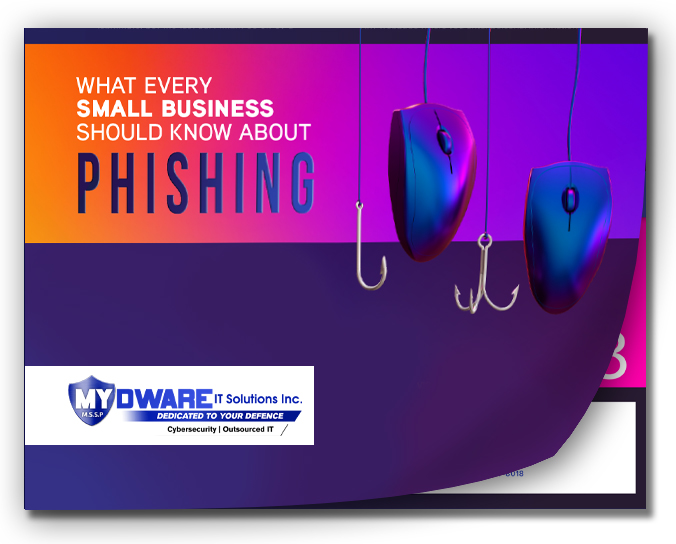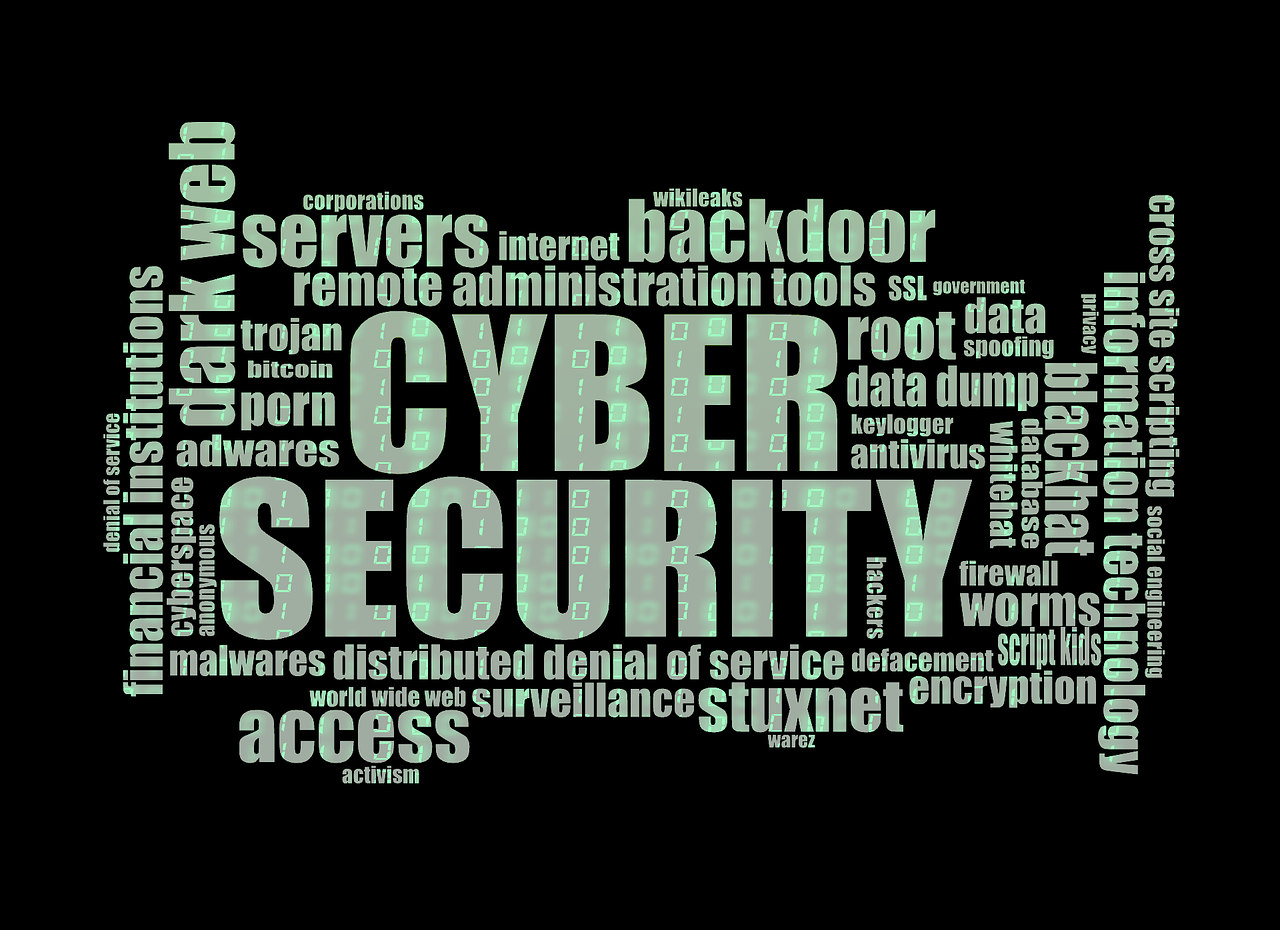 Vacation season is around the corner—but so are travel-themed phishing attacks. Cybercriminals are using fake hotel and flight emails to steal credentials, credit card info, and even infect devices with malware. These scams aren’t sloppy either. They’re sleek, professional, and almost impossible to spot at first glance.
Vacation season is around the corner—but so are travel-themed phishing attacks. Cybercriminals are using fake hotel and flight emails to steal credentials, credit card info, and even infect devices with malware. These scams aren’t sloppy either. They’re sleek, professional, and almost impossible to spot at first glance.
The real danger? These scams don’t stop at personal accounts. They’re targeting businesses too—especially employees who handle bookings, approvals, or expense reimbursements.
Book a FREE cybersecurity risk assessment NOW and protect your business before travel season scams sneak into your inbox.
What Makes This Scam So Dangerous in 2025
This isn’t just a recycled trick with new packaging—travel phishing scams are now powered by AI tools and real-time branding mimicry, making them look shockingly real.
The Anatomy of the Scam
- You Get a “Booking” Confirmation
It looks like it’s from a known brand—hotels, airlines, or travel platforms. The layout, colours, and even fake customer support numbers look right. - The Link Sends You to a Fake Site
You’re urged to click to “verify details” or “confirm payment.” You land on a page that looks exactly like a real booking platform. - They Take Your Data and Run
You enter your credentials or payment details—and it’s game over. Some links also trigger malware downloads.
This is the same strategy used in this new malware attack that harasses users until they give up sensitive info.
Why Business Travellers Are Prime Targets
When a phishing scam uses business travel as the disguise, it hits harder because it blends into everyday workflows. Admins, execs, and coordinators often get dozens of confirmation emails a week—it just takes one to slip through.
1. Credit Cards Get Exposed
Your company card could end up in the wrong hands with one mistyped login.
2. Travel Portals Compromised
If hackers access your corporate travel account, they can view, change, or cancel bookings—and worse.
3. Malware Hits the Network
One malicious link can compromise your entire system if proper controls aren’t in place.
Need a reminder on what else could signal risk? Review these 5 red flags that mean it's time to update your software.
Smart Moves to Stay Ahead of the Scam
The best defence isn’t luck—it’s layered protection, strong habits, and smart systems. Here's what we recommend:
1. Always Verify Travel Emails
Go directly to the source. Don’t trust links in the email.
2. Double-Check Email Addresses
Scammers love similar-looking domains. Check for weird spellings or domain tweaks.
3. Train Your Team Before They Click
Your front desk, assistant, or finance staff could be the first line of defence—or the weakest link.
4. Use MFA Everywhere
If credentials are stolen, multi-factor authentication gives you a second chance.
5. Secure Your Email Environment
Modern spam filters and attachment blockers can stop these scams before they hit inboxes.
Looking ahead? Here are the top cybersecurity predictions for 2025 that every SMB should pay attention to.
Travel Scams Are Seasonal—But Their Damage Can Be Permanent
Cybercriminals are timing these scams perfectly. And they’re not just hoping to catch vacationers—they’re aiming straight at business infrastructure. One careless click from the office can mean stolen funds, data leaks, or malware outbreaks.
Book a FREE cybersecurity risk assessment NOW and we’ll help you lock down your email systems, train your team, and avoid becoming another headline.
Darryl Cresswell
CEO & President
MYDWARE IT Solutions Inc.




